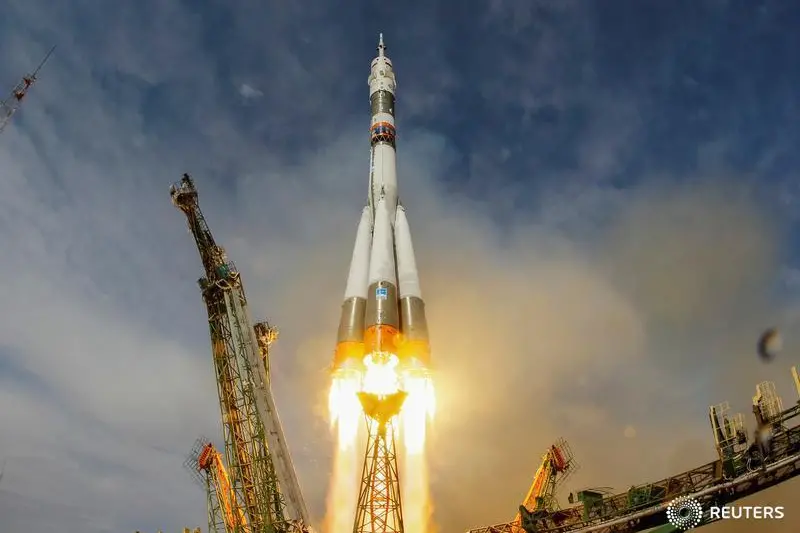PHOTO
Commercial space trips from the US 'will create more opportunities for the UAE' to send its astronauts to the International Space Station, a top official in the UAE space industry has said.
Earlier this month, the US space agency Nasa announced its nine crew members who will fly on American-made commercial space crafts to and from the International Space Station (ISS). They will be the first ones to carry a test flight and mission of both the Boeing's CST-100 Starliner and SpaceX's Crew Dragon.
The UAE will be using the Russian Soyuz to send its first Emirati to the ISS for a 10-day mission in April, which is currently the only spacecraft in the world that can launch astronauts into orbit.
Salem Al Marri, assistant director-general at the Mohammed Bin Rashid Space Centre (MBRSC), believes the introduction of commercial space crafts will create more opportunities for Emirati astronauts.
"Today, if you want to get to orbit, you can only use the Russian Soyuz. So, the Boeing Starliner and SpaceX Dragon are going to be new vehicles that are going to be in. They're commercial and are supported by Nasa. It's going to give more opportunities for us, astronauts, to get into space and up to the ISS," Al Marri told Khaleej Times, who is currently in Moscow with the remaining nine shortlisted UAE astronaut candidates.
"Obviously, at MBRSC, we are in the business of training astronauts and getting them in to space. For our first time, we'll be using the Russian Soyuz. However, looking at what's happening in the US, it's something we have our eyes very clearly on and this will give us more opportunities to get into orbit. This is something very good for the industry, for the UAE and for space flight."
Al Marri has revealed that the UAE has a received a "very good package" from Russia to send the first Emirati astronaut into space, however, he did not disclose the exact price the country has paid to Russia.
For the past several years, it has been widely reported that Nasa has been paying more than $70 million, per seat, to the Russian Space Agency (ROSCOSMOS) to send their astronauts to the ISS using the Russian Soyuz space craft.
"Each deal is different depending on what you're relationship with them is. We got a very good package to get our astronauts into space. We're very happy with it. We have not disclosed the price," Al Marri said.
The UAE has signed several international cooperation agreements in the past few years with space agencies from different countries. The most recent one was with Nasa, which will allow the UAE astronaut to use US facilities that are available in the ISS, as reported by Khaleej Times previously. The UAE launched its UAE Astronaut Programme during the end of 2017 and a total of 4,022 applications were received by the MBRSC. Now, only nine candidates are remaining and are going through a series of gruelling medical tests in Moscow, Russia.
The three week-long tests include conducting an ultrasound of thyroid gland, kidneys, and small pelvis, respiratory function, fibercolonscopy, ECG and 24-hour monitoring of the blood pressure, tonal audiometry, CT of the paranasal sinuses of the nose, entering the pressure chamber, examination by a centrifuge machine and the vestibular apparatus among others.
Al Marri said that the results from previous rounds and the medical tests will support MBRSC in making the decision of who will be the first astronaut to go into space in April, 2019.
The date, of when the astronaut and his back-up will be selected and announced, has not yet been revealed.
Copyright © 2018 Khaleej Times. All Rights Reserved. Provided by SyndiGate Media Inc. (Syndigate.info).












